Coronary artery disease (CAD) develops when a waxy substance called plaque builds up inside the arteries in the heart, narrowing the arteries and reducing the flow of oxygen-rich blood to the heart muscle. This plaque buildup is called atherosclerosis.
Treating CAD is an important way to reduce your risk of heart attack, heart failure and arrythmias.
What causes coronary artery disease?
CAD starts when the inner layers of the coronary arteries are damaged by such things as:
- Smoking.
- High levels of certain fats and cholesterol in the blood.
- High blood pressure.
- High levels of sugar in the blood due to insulin resistance or diabetes.
- Inflammation in the blood vessels.
- Plaque begins to build up where the arteries are damaged, a process that may start in childhood.
What are the symptoms of CAD?
Chest pain (angina): This occurs when an area of your heart muscle doesn’t get enough oxygen-rich blood. It may feel like pressure or squeezing in your chest, and you may feel it in your shoulders, arms, neck, jaw or back. The pain tends to get worse with activity and go away with rest.
Shortness of breath: This occurs if CAD causes heart to be unable to pump enough blood to meet your body’s needs. Fluid builds up in your lungs, making it hard to breathe.
Why CAD treatment is important
Left untreated, coronary artery disease can lead to heart attack, heart failure or arrhythmias (heart rhythm disorders). That’s why seeking treatment from an expert team is so important.
Our team works with you to craft a treatment plan personalized to the severity of your condition as well as the rest of your health and goals. Your plan could include:
- Medical therapy
- Lifestyle changes
- Coronary angioplasty
- Coronary artery bypass graft (CABG)
To learn more about our approach to CAD, or to get a second opinion about your options, call us at 503-257-0959.

